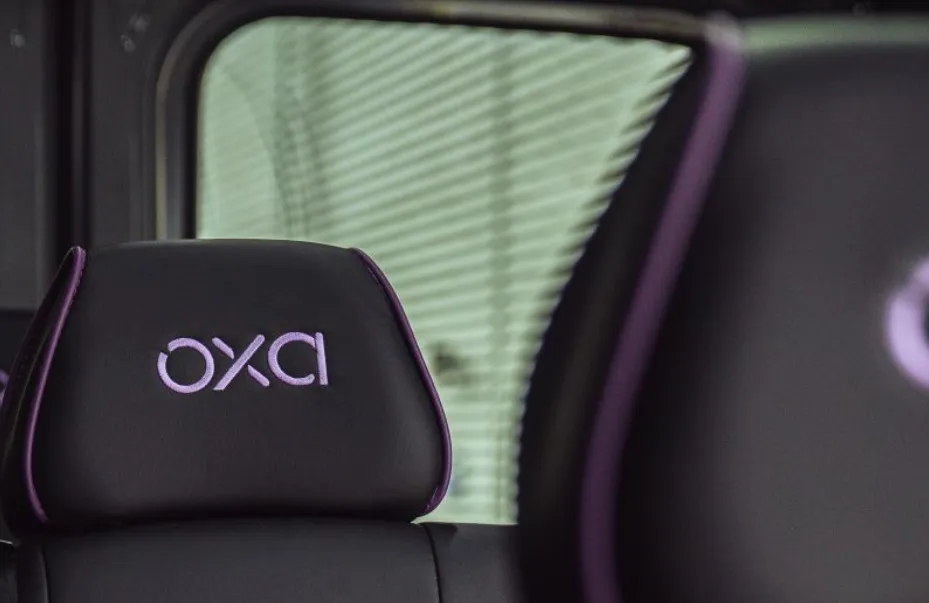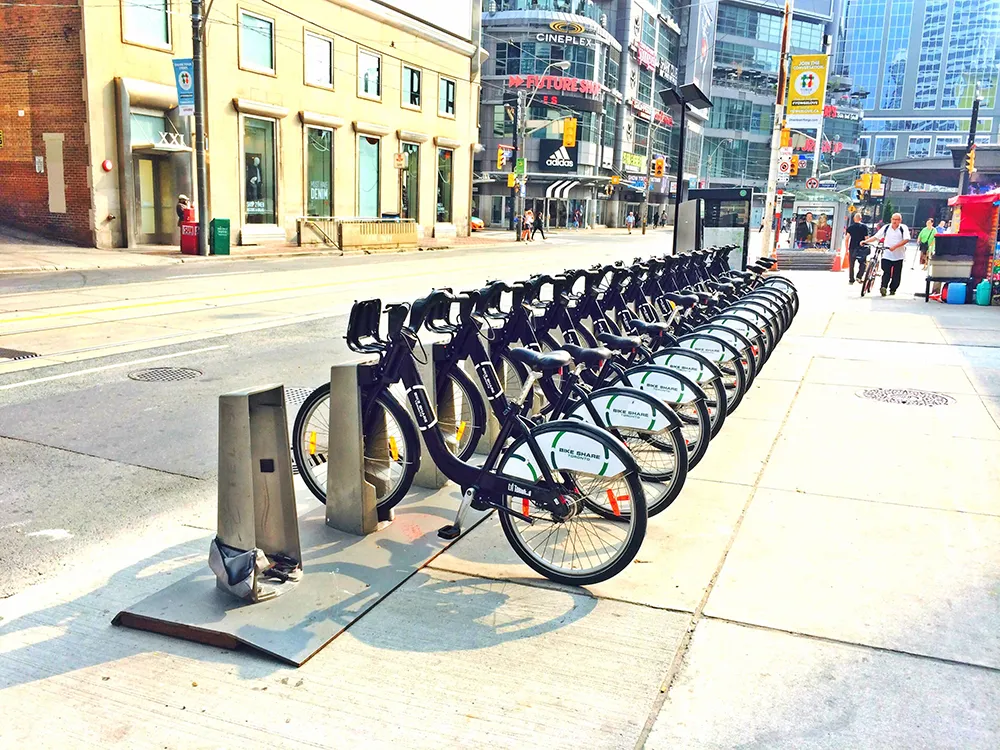Autotalks is using the ITS World Congress Melbourne to launch Craton2, which the company claims is the most advanced worldwide-compliant V2X solution available today.
Designed to meet the rigorous requirements for sensor-fusion and autonomous vehicles, Craton2 claims to offer best in-class future-proof V2X cybersecurity protection. Its high level of integration is said to make it the most cost-optimised V2X solution.
The cybersecurity solution offers multiple protection layers and its cryptographicagile s
October 10, 2016
Read time: 1 min

Designed to meet the rigorous requirements for sensor-fusion and autonomous vehicles, Craton2 claims to offer best in-class future-proof V2X cybersecurity protection. Its high level of integration is said to make it the most cost-optimised V2X solution.
The cybersecurity solution offers multiple protection layers and its cryptographicagile security engines support field upgrade of future ECDSA curves while maintaining safety-grade performance level of the V2X applications.
Its support of IEEE 802.11a/b/g/n/ac, enables wi-fi service outside the vehicle for supplementary value-added services.










